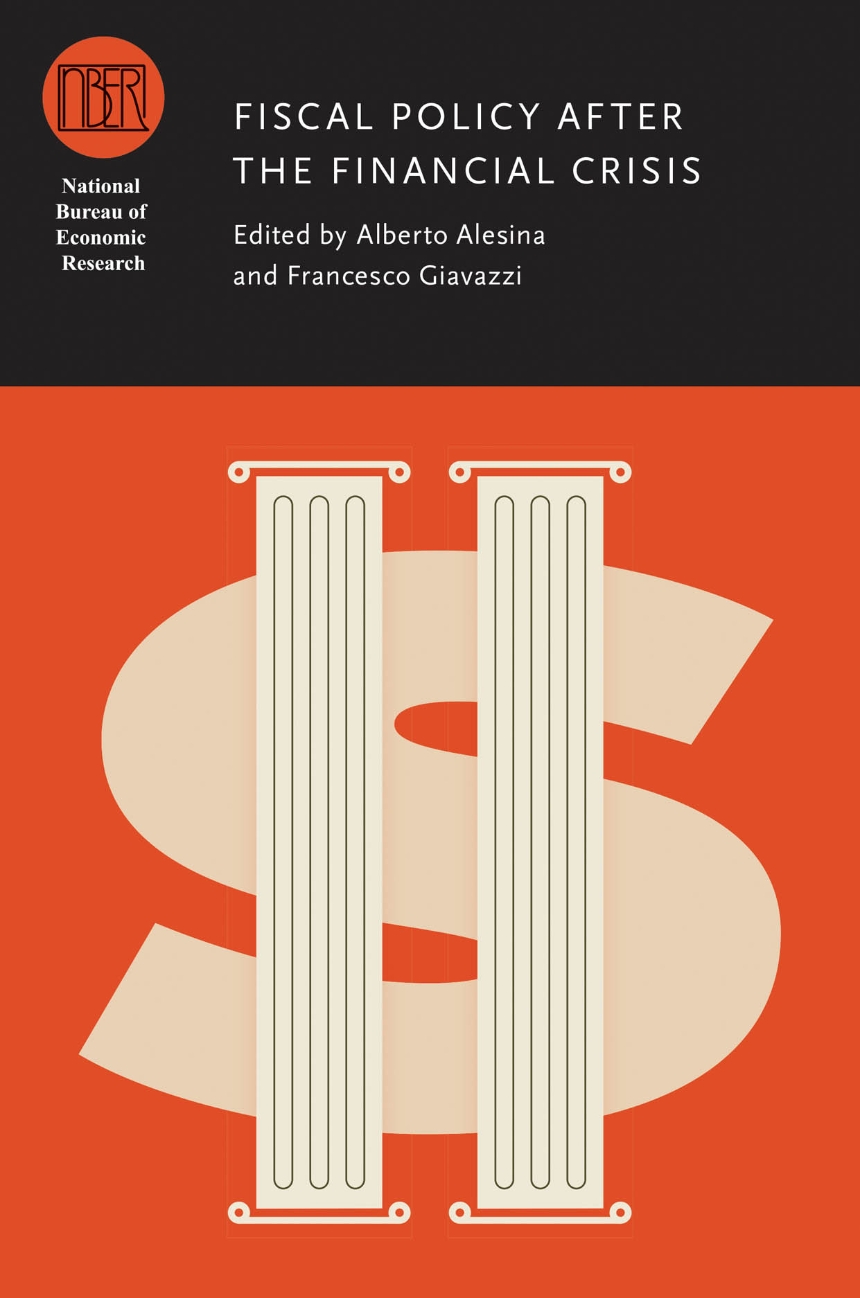Fiscal Policy after the Financial Crisis
The recent recession has brought fiscal policy back to the forefront, with economists and policy makers struggling to reach a consensus on highly political issues like tax rates and government spending. At the heart of the debate are fiscal multipliers, whose size and sensitivity determine the power of such policies to influence economic growth.
Fiscal Policy after the Financial Crisis focuses on the effects of fiscal stimuli and increased government spending, with contributions that consider the measurement of the multiplier effect and its size. In the face of uncertainty over the sustainability of recent economic policies, further contributions to this volume discuss the merits of alternate means of debt reduction through decreased government spending or increased taxes. A final section examines how the short-term political forces driving fiscal policy might be balanced with aspects of the long-term planning governing monetary policy.
Fiscal Policy after the Financial Crisis focuses on the effects of fiscal stimuli and increased government spending, with contributions that consider the measurement of the multiplier effect and its size. In the face of uncertainty over the sustainability of recent economic policies, further contributions to this volume discuss the merits of alternate means of debt reduction through decreased government spending or increased taxes. A final section examines how the short-term political forces driving fiscal policy might be balanced with aspects of the long-term planning governing monetary policy.
A direct intervention in timely debates, Fiscal Policy after the Financial Crisis offers invaluable insights about various responses to the recent financial crisis.
704 pages | 30 halftones, 108 line drawings, 120 tables | 6 x 9 | © 2013
National Bureau of Economic Research Conference Report
Economics and Business: Economics--Government Finance, Economics--Money and Banking
Reviews
Table of Contents
Acknowledgments
Introduction
Alberto Alesina and Francesco Giavazzi
Introduction
Alberto Alesina and Francesco Giavazzi
1. Government Spending and Private Activity
Valerie A. Ramey
Comment: Roberto Perotti
2. Fiscal Multipliers in Recession and Expansion
Alan J. Auerbach and Yuriy Gorodnichenko
Comment: Robert E. Hall
3. The Household Effects of Government Spending
Francesco Giavazzi and Michael McMahon
Comment: Lawrence J. Christiano
4. The Role of Growth Slowdowns and Forecast Errors in Public Debt Crises
William Easterly
Comment: Indira Rajaraman
5. Game Over: Simulating Unsustainable Fiscal Policy
Richard W. Evans, Laurence J. Kotlikoff, and Kerk L. Phillips
Comment: Douglas W. Elmendorf
6. How Do Laffer Curves Differ across Countries?
Mathias Trabandt and Harald Uhlig
Comment: Jaume Ventura
7. Perceptions and Misperceptions of Fiscal Inflation
Eric M. Leeper and Todd B. Walker
Comment: Jordi Galí
8. The “Austerity Myth”: Gain without Pain?
Roberto Perotti
Comment: Philip R. Lane
9. Can Public Sector Wage Bills Be Reduced?
Pierre Cahuc and Stephane Carcillo
Comment: Paolo Pinotti
10. Entitlement Reforms in Europe: Policy Mixes in the Current Pension Reform Process
Axel H. Börsch-Supan
Comment: David A. Wise
Axel H. Börsch-Supan
Comment: David A. Wise
11. “Fiscal Devaluation” and Fiscal Consolidation: The VAT in Troubled Times
Ruud de Mooij and Michael Keen
Comment: James M. Poterba
Ruud de Mooij and Michael Keen
Comment: James M. Poterba
12. Fiscal Rules: Theoretical Issues and Historical Experiences
Charles Wyplosz
Comment: Lucio R. Pench
Charles Wyplosz
Comment: Lucio R. Pench
13. The Electoral Consequences of Large Fiscal Adjustments
Alberto Alesina, Dorian Carloni, and Giampaolo Lecce
Comment: Thomas Romer
Alberto Alesina, Dorian Carloni, and Giampaolo Lecce
Comment: Thomas Romer
Contributors
Author Index
Subject Index
